What’s a fish worth? One fish. Not a boatload, not a stringer of lunkers, not even a trophy. Just one fish. One little fish. What’s one little fish worth? I’m not asking about a king salmon or a rainbow trout. My inquiry is concerning a Dolly. What’s one Dolly Varden char worth?
One spring, Easten and I got the desire to go fishing. We knew we were pushing the season a bit, but we couldn’t wait to get out. A call to Craig Ketchum, and a day later, we were at one of Ketchum’s Kenai Lakes cabins.
We had fishing on our minds, and even before gear was put in the cabin, we installed the boat motor and headed for the spot Craig had advised. Two loons crossed our intended route to the fish, and we slowed to let them pass. Alternately, one would dive, searching for food, and the other stood guard. We forgot fishing for the moment and stopped to watch and listen. As we watched the loons, we became aware of spring’s first green appearing on the bushes and trees along the shore and realized it was the beginning of summer. After a time, we started the outboard and moved on, leaving that part of the lake to the loons.
Craig advised us to troll the edges of one of the lake’s islands. As we throttled down, a movement on shore attracted our gaze. There she stood—a huge cow moose staring at us from the protection of a small swamp spruce. We stopped, killed the engine, drifted with the afternoon breeze, and watched. Deciding we presented no threat; she moved toward the lake shore. Trying to follow, almost walking between her back legs, was a newborn calf. We were perhaps witnessing his first steps. The breeze gently pushed us away from mama moose, and we watched as she disappeared with her offspring into the cover of spruce, birch, and brush.
Our earlier near panic rush to get the fishing slowed by loons and moose now moved to a pace almost matching the speed of the greening of the trees. For some reason, it seemed better to move slowly and see what other pleasant surprises our fly-in lake held. Before we reached Craig’s selected spot, we saw two more loons; a flock of geese was V-ing north, and groups of ducks made low passes overhead and moved on. A pair of mergansers worked the lakeshore. Small birds called out their warning and greeting.
A couple of hours passed before we set up our rods. We took our time. Tied the swivels on with knots like we were pros. Easten captained the boat, and I set out our lines. One on each side over the gunnels. I handed Easten his rod, and he soon played pull and tug with a little fish. A little Dolly, about 12 or 14 inches.
We’d missed lunch, stopping to buy licenses and hurrying to meet Craig’s takeoff time. Evening arrived with the landing of the Dolly, and being hungry, we decided to use the season’s first fruits for supper.
Easten cleaned his catch, and we wrapped it in strips of bacon and fried it between slices of potatoes. Other foods were added, and dinner was served. The best fish we’d ever eaten.
Next morning we took out the .22 rifle and killed four soda pop cans with two boxes of bullets. It took about three hours for the bullets to disappear and the cans to succumb. We motored around the lake and became better acquainted with its resident mama moose, her calf, the loons, and mergansers. We forgot to fish. And then Craig came to pick us up.
Since that day, Easten and I rarely have a fish dinner or even talk about fishing, that the conversation doesn’t end up at the Dolly dinner wrapped in strips of bacon, served with fried potatoes, and eaten at twilight in Ketchum’s Kenai cabin.
What’s a little Dolly worth? I know one that’s worth plenty, gets more precious every day, and will increase in value after I’m gone, and Easten tells his children, my grandchildren, about the spring he fished with his Dad on Alaska’s Kenai Peninsula and the Dolly who came to dinner.



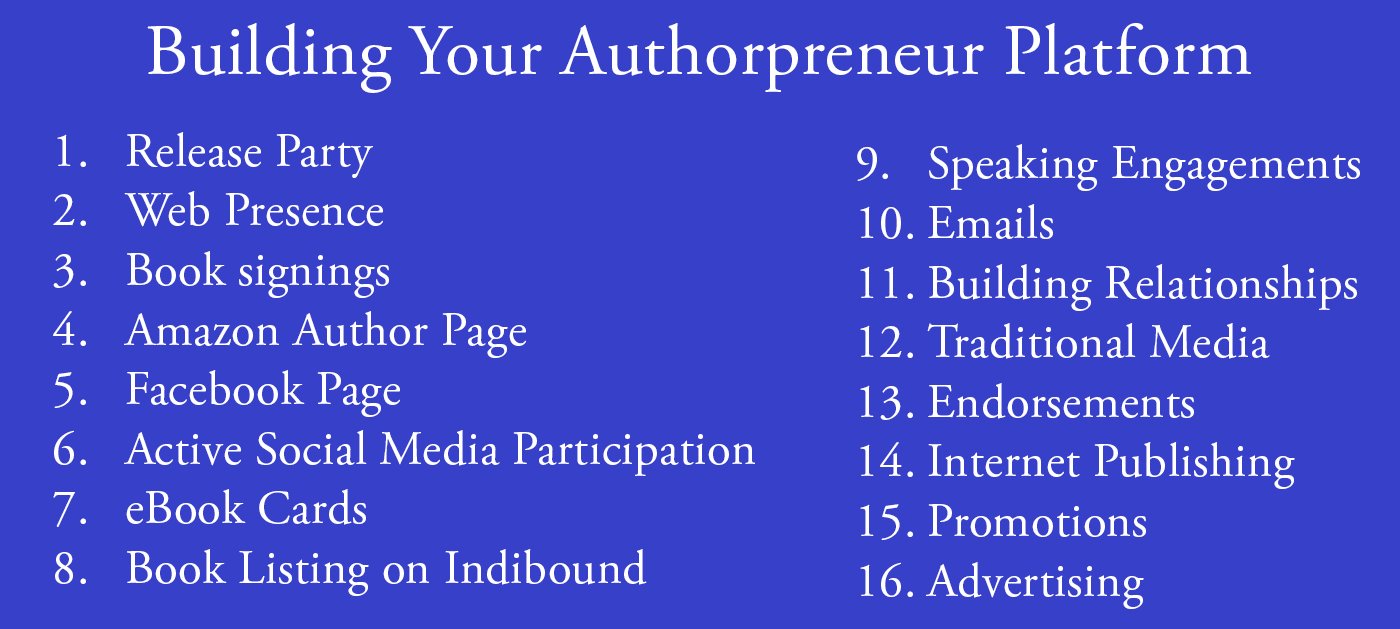
 This is Publication Consultants’ motivation for constantly striving to assist authors sell and market their books. Author Campaign Method (ACM) of sales and marketing is Publication Consultants’ plan to accomplish this so that our authors’ books have a reasonable opportunity for success. We know the difference between motion and direction. ACM is direction! ACM is the process for authorpreneurs who are serious about bringing their books to market. ACM is a boon for them.
This is Publication Consultants’ motivation for constantly striving to assist authors sell and market their books. Author Campaign Method (ACM) of sales and marketing is Publication Consultants’ plan to accomplish this so that our authors’ books have a reasonable opportunity for success. We know the difference between motion and direction. ACM is direction! ACM is the process for authorpreneurs who are serious about bringing their books to market. ACM is a boon for them. Release Party
Release Party Web Presence
Web Presence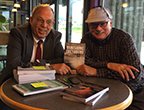 Book Signings
Book Signings Facebook Profile and Facebook Page
Facebook Profile and Facebook Page Active Social Media Participation
Active Social Media Participation Ebook Cards
Ebook Cards The Great Alaska Book Fair: October 8, 2016
The Great Alaska Book Fair: October 8, 2016


 Costco Book Signings
Costco Book Signings eBook Cards
eBook Cards

 Benjamin Franklin Award
Benjamin Franklin Award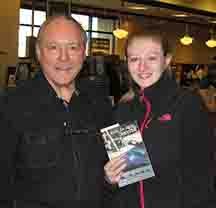 Jim Misko Book Signing at Barnes and Noble
Jim Misko Book Signing at Barnes and Noble
 Cortex is for serious authors and will probably not be of interest to hobbyists. We recorded our Cortex training and information meeting. If you’re a serious author, and did not attend the meeting, and would like to review the training information, kindly let us know. Authors are required to have a Facebook author page to use Cortex.
Cortex is for serious authors and will probably not be of interest to hobbyists. We recorded our Cortex training and information meeting. If you’re a serious author, and did not attend the meeting, and would like to review the training information, kindly let us know. Authors are required to have a Facebook author page to use Cortex. Correction:
Correction: This is Publication Consultants’ motivation for constantly striving to assist authors sell and market their books. ACM is Publication Consultants’ plan to accomplish this so that our authors’ books have a reasonable opportunity for success. We know the difference between motion and direction. ACM is direction! ACM is the process for authors who are serious about bringing their books to market. ACM is a boon for serious authors, but a burden for hobbyist. We don’t recommend ACM for hobbyists.
This is Publication Consultants’ motivation for constantly striving to assist authors sell and market their books. ACM is Publication Consultants’ plan to accomplish this so that our authors’ books have a reasonable opportunity for success. We know the difference between motion and direction. ACM is direction! ACM is the process for authors who are serious about bringing their books to market. ACM is a boon for serious authors, but a burden for hobbyist. We don’t recommend ACM for hobbyists.

 We’re the only publisher we know of that provides authors with book signing opportunities. Book signing are appropriate for hobbyist and essential for serious authors. To schedule a book signing kindly go to our website, <
We’re the only publisher we know of that provides authors with book signing opportunities. Book signing are appropriate for hobbyist and essential for serious authors. To schedule a book signing kindly go to our website, < We hear authors complain about all the personal stuff on Facebook. Most of these complaints are because the author doesn’t understand the difference difference between a Facebook profile and a Facebook page. Simply put, a profile is for personal things for friends and family; a page is for business. If your book is just a hobby, then it’s fine to have only a Facebook profile and make your posts for friends and family; however, if you’re serious about your writing, and it’s a business with you, or you want it to be business, then you need a Facebook page as an author. It’s simple to tell if it’s a page or a profile. A profile shows how many friends and a page shows how many likes. Here’s a link <> to a straight forward description on how to set up your author Facebook page.
We hear authors complain about all the personal stuff on Facebook. Most of these complaints are because the author doesn’t understand the difference difference between a Facebook profile and a Facebook page. Simply put, a profile is for personal things for friends and family; a page is for business. If your book is just a hobby, then it’s fine to have only a Facebook profile and make your posts for friends and family; however, if you’re serious about your writing, and it’s a business with you, or you want it to be business, then you need a Facebook page as an author. It’s simple to tell if it’s a page or a profile. A profile shows how many friends and a page shows how many likes. Here’s a link <> to a straight forward description on how to set up your author Facebook page.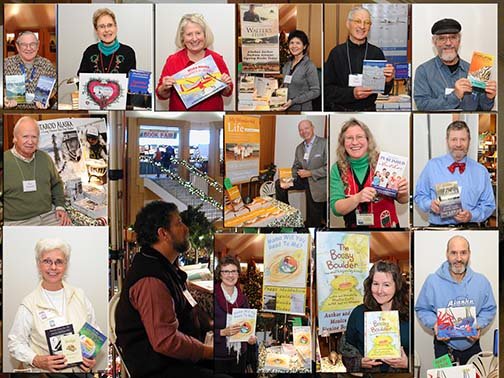



 Mosquito Books has a new location in the Anchorage international airport and is available for signings with 21 days notice. Jim Misko had a signing there yesterday. His signing report included these words, “Had the best day ever at the airport . . ..”
Mosquito Books has a new location in the Anchorage international airport and is available for signings with 21 days notice. Jim Misko had a signing there yesterday. His signing report included these words, “Had the best day ever at the airport . . ..”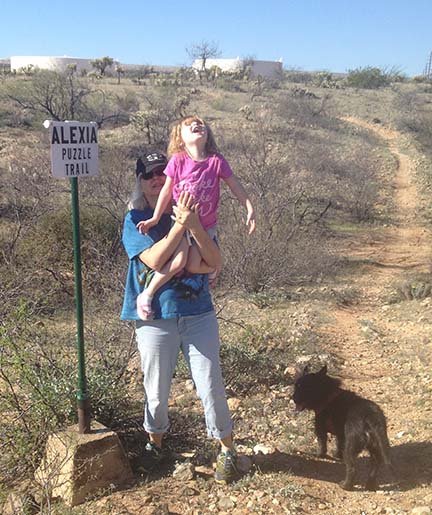


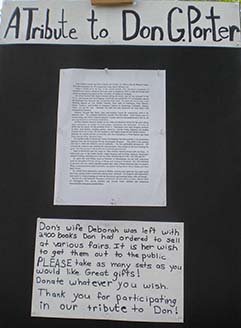
 The Lyin Kings: The Wannabe World Leaders
The Lyin Kings: The Wannabe World Leaders
 Time and Tide
Time and Tide


 ReadAlaska 2014
ReadAlaska 2014 Readerlink and Book Signings
Readerlink and Book Signings
 2014 Independent Publisher Book Awards Results
2014 Independent Publisher Book Awards Results
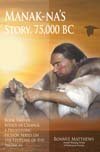
 Bonnye Matthews Radio Interview
Bonnye Matthews Radio Interview
 Rick Mystrom Radio Interview
Rick Mystrom Radio Interview When he published those overseas blogs as the book The Innocents Abroad, it would become a hit. But you couldn’t find it in bookstores.
When he published those overseas blogs as the book The Innocents Abroad, it would become a hit. But you couldn’t find it in bookstores.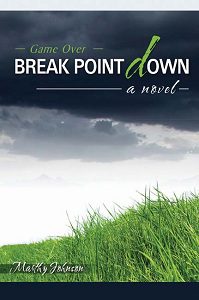 More NetGalley
More NetGalley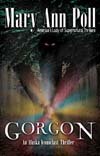 Mary Ann Poll
Mary Ann Poll
 Bumppo
Bumppo
 Computer Spell Checkers
Computer Spell Checkers Seven Things I Learned From a Foreign Email
Seven Things I Learned From a Foreign Email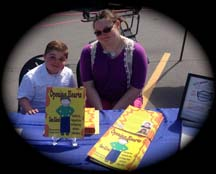 2014 Spirit of Youth Awards
2014 Spirit of Youth Awards Book Signings
Book Signings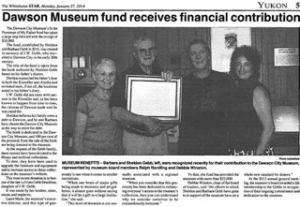
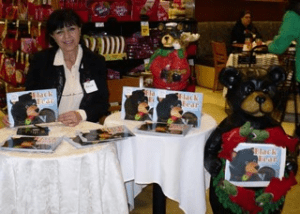
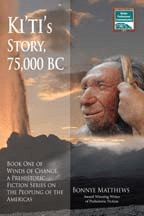
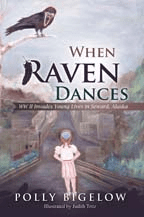 Blog Talk Radio
Blog Talk Radio Publication Consultants Blog
Publication Consultants Blog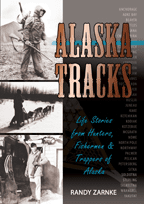 Book Signings
Book Signings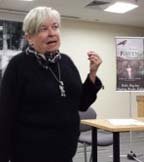

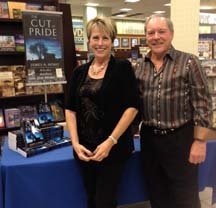

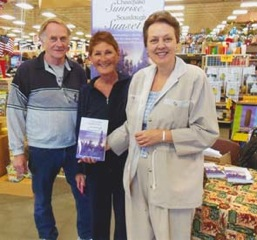 Don and Lanna Langdok
Don and Lanna Langdok Ron Walden
Ron Walden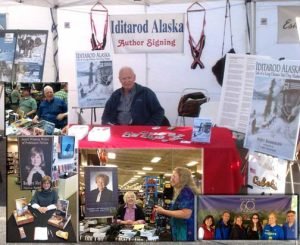 Book Signings Are Fun
Book Signings Are Fun Release Party Video
Release Party Video
 Erin’s book,
Erin’s book,  Heather’s book,
Heather’s book,  New Books
New Books